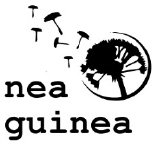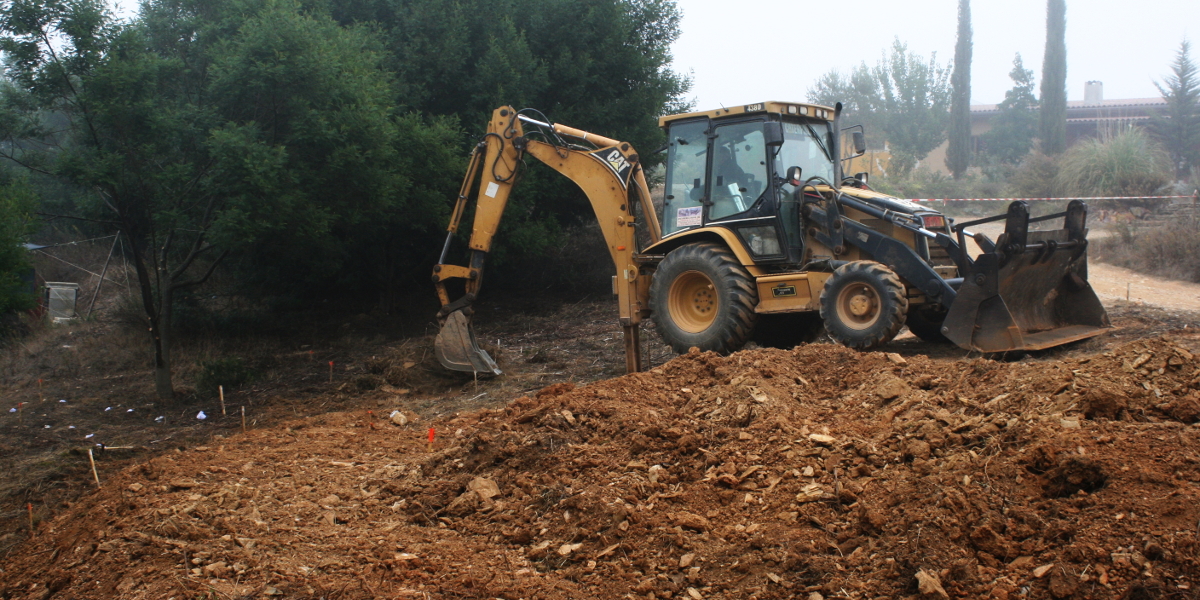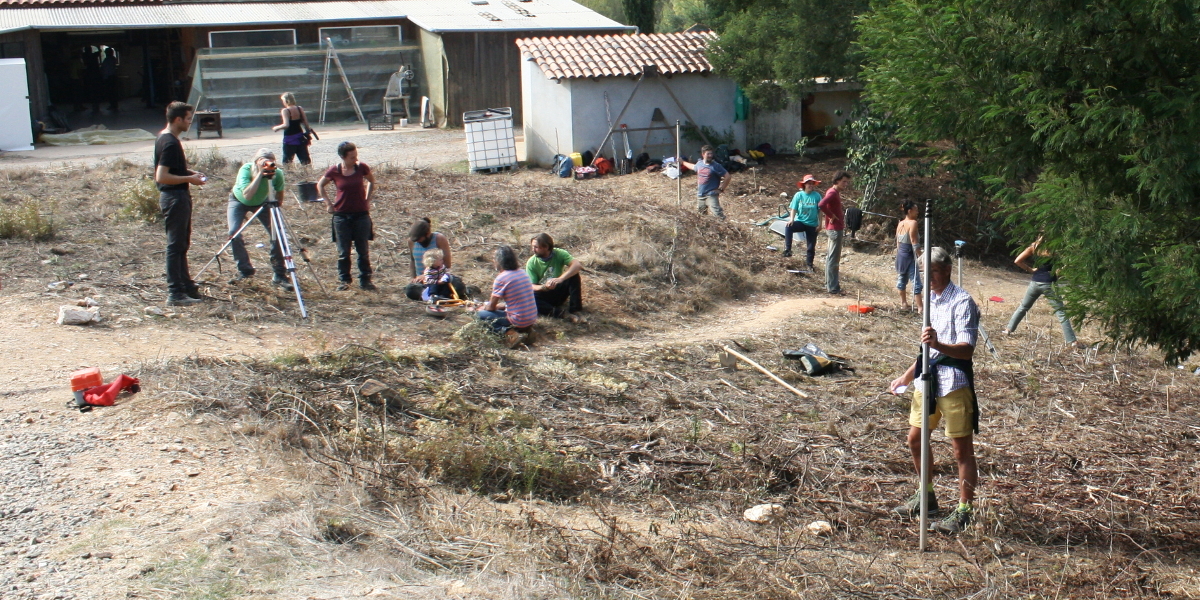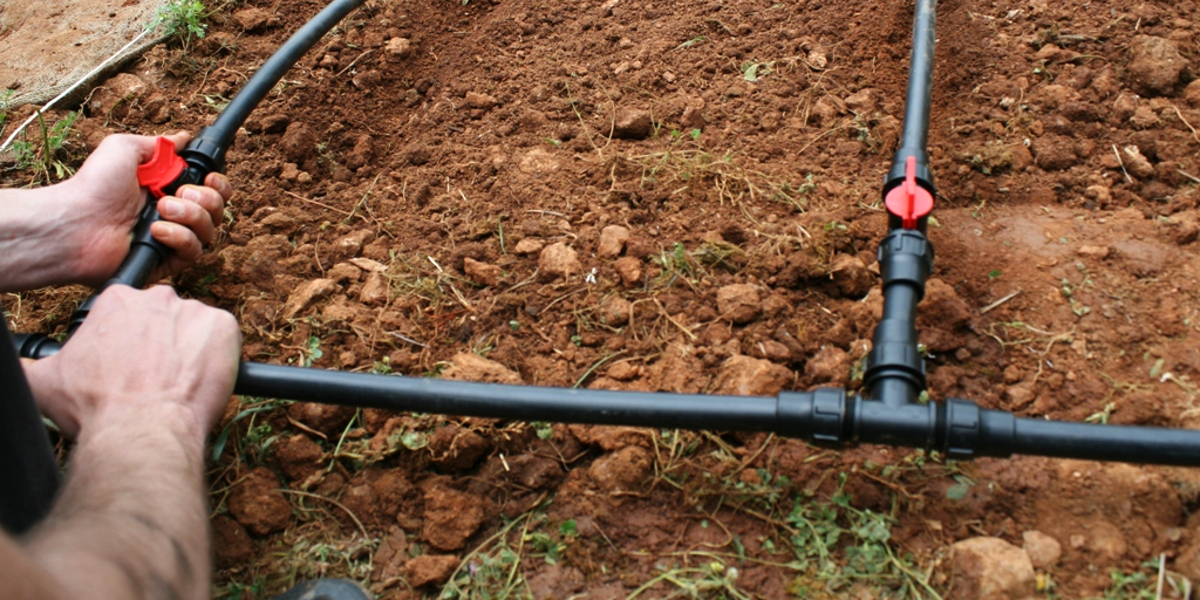Water collection and management
One of the key elements that determine how well-designed a system is is the quality of the water that flows from it. Water harvesting and management systems are the backbone of permaculture design and the basis for the development of all food production systems. The aim of these systems is to retain and use the total amount of water available on a piece of land in an optimal way. Through properly designed structures, water is retained and absorbed by the soil, enhancing its biological activity and replenishing underground reserves. So eventually the full water cycle is restored locally, and as the soils are revitalised, the amount of water retained in the living biomass they support increases continuously.
Water management systems include:
- structures for the collection and storage of rainwater
- earthworks (ditches, ditches, ponds, dams) which are designed according to the topography of the land and shape the landscape to retain rainwater and facilitate its absorption by the soil
- application of techniques to optimise the soil’s capacity to absorb and retain moisture and enhance its biological activity
- collection and biological treatment systems for grey water (from kitchens and bathrooms)
One of the key design goals of the New Guinea farm is to transform it into a landscape specifically designed for water retention (water retention landscape). The design includes:
- water collection systems from the roofs of structures located on the farm
- ditches and small embankments and ditches for the retention of rainwater along the level curves
- a grey water treatment system consisting of troughs with suitable aquatic plants
- a pond to collect and retain rainwater and water run-off from the purification system
- revitalisation of soils through different biological fertilisation techniques (green manure, compost, manure, organic solutions, etc.), soil cover and organic matter incorporation through the biological activity of grazing animals



